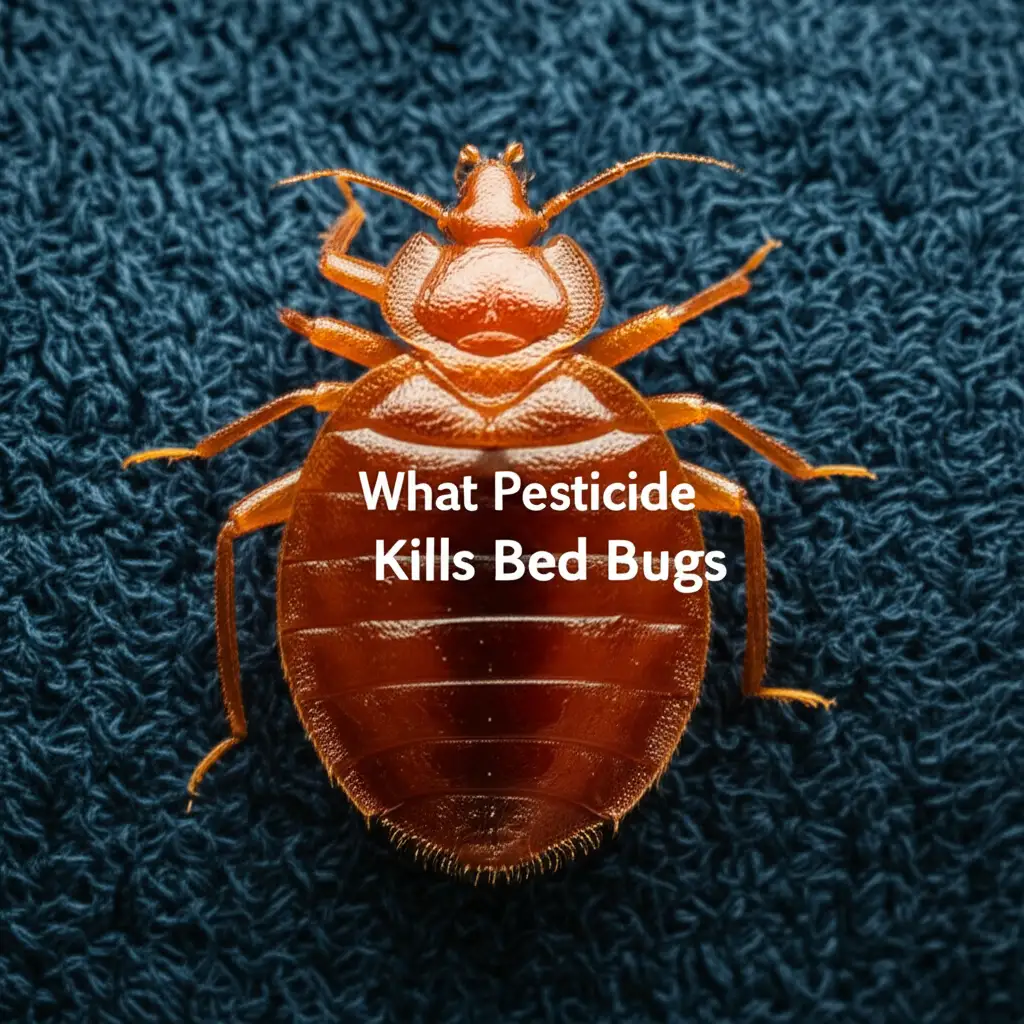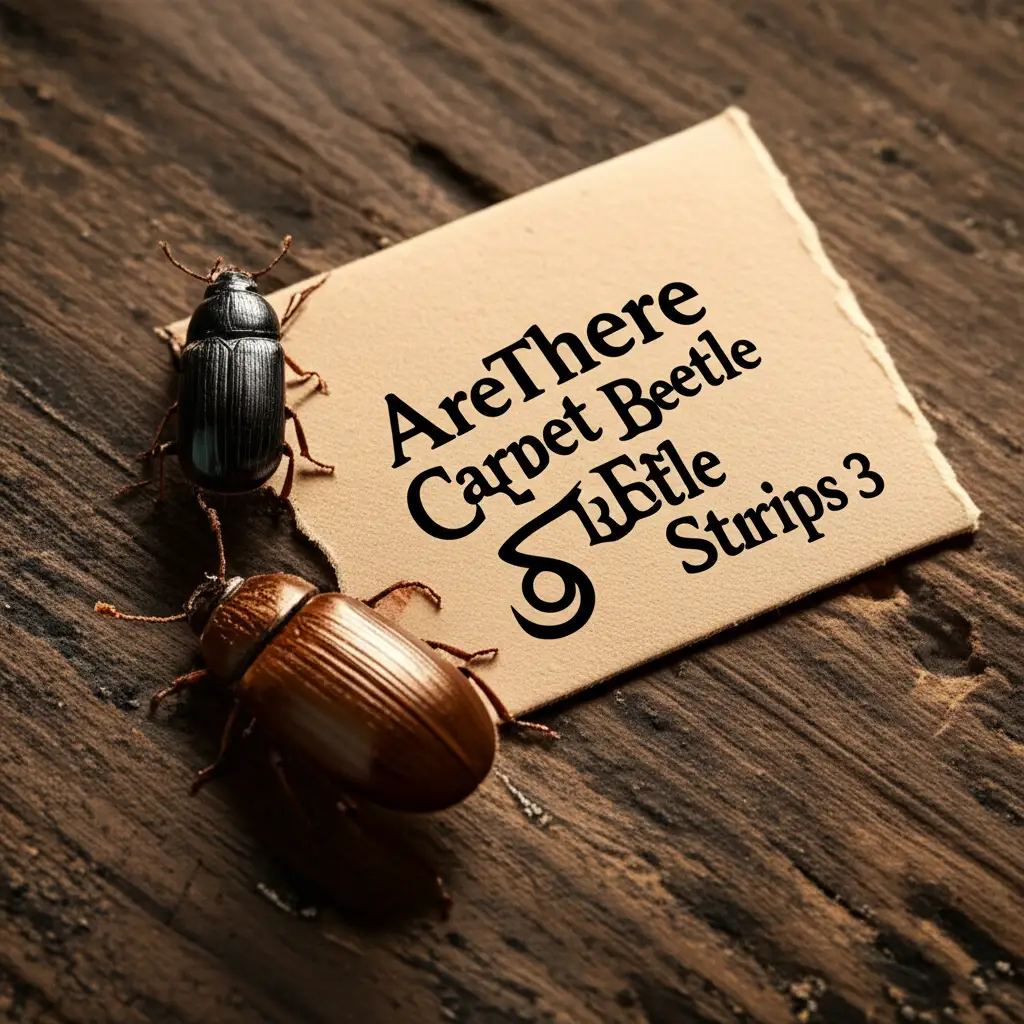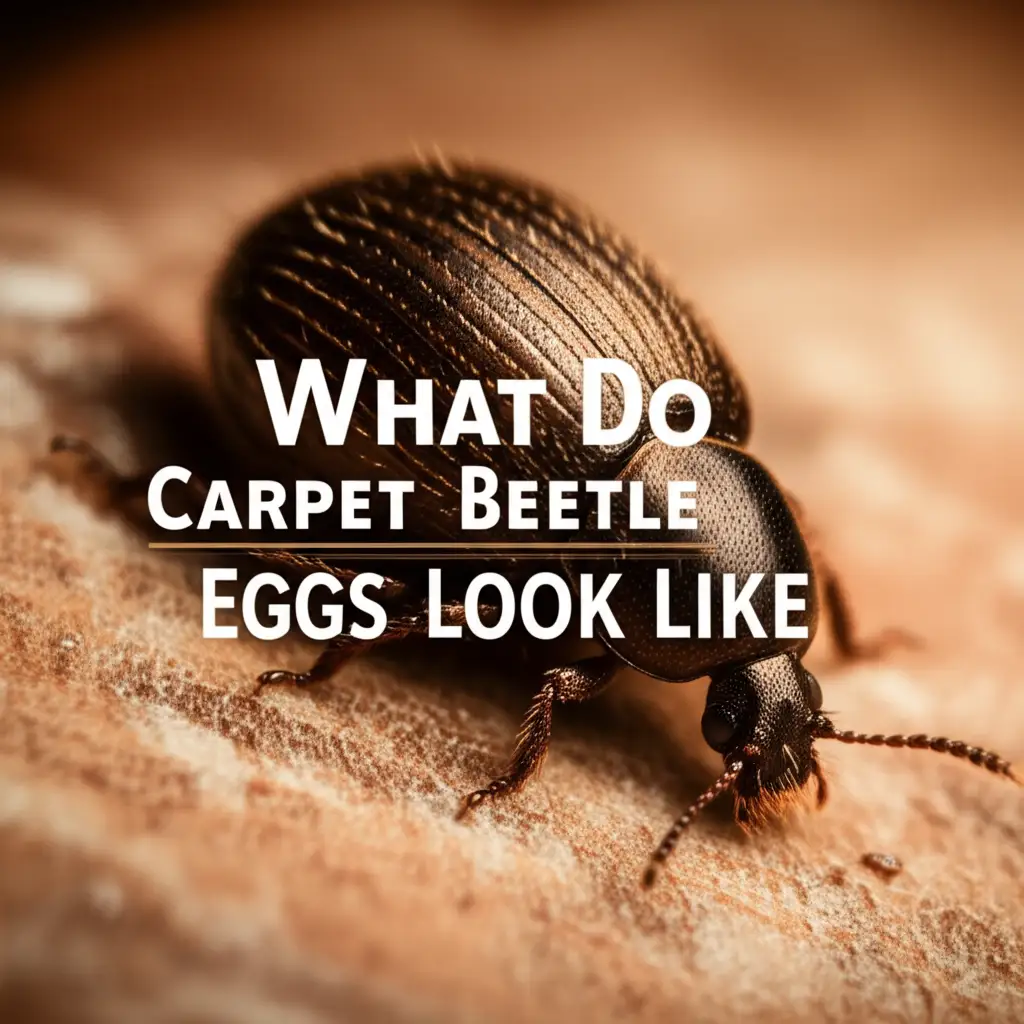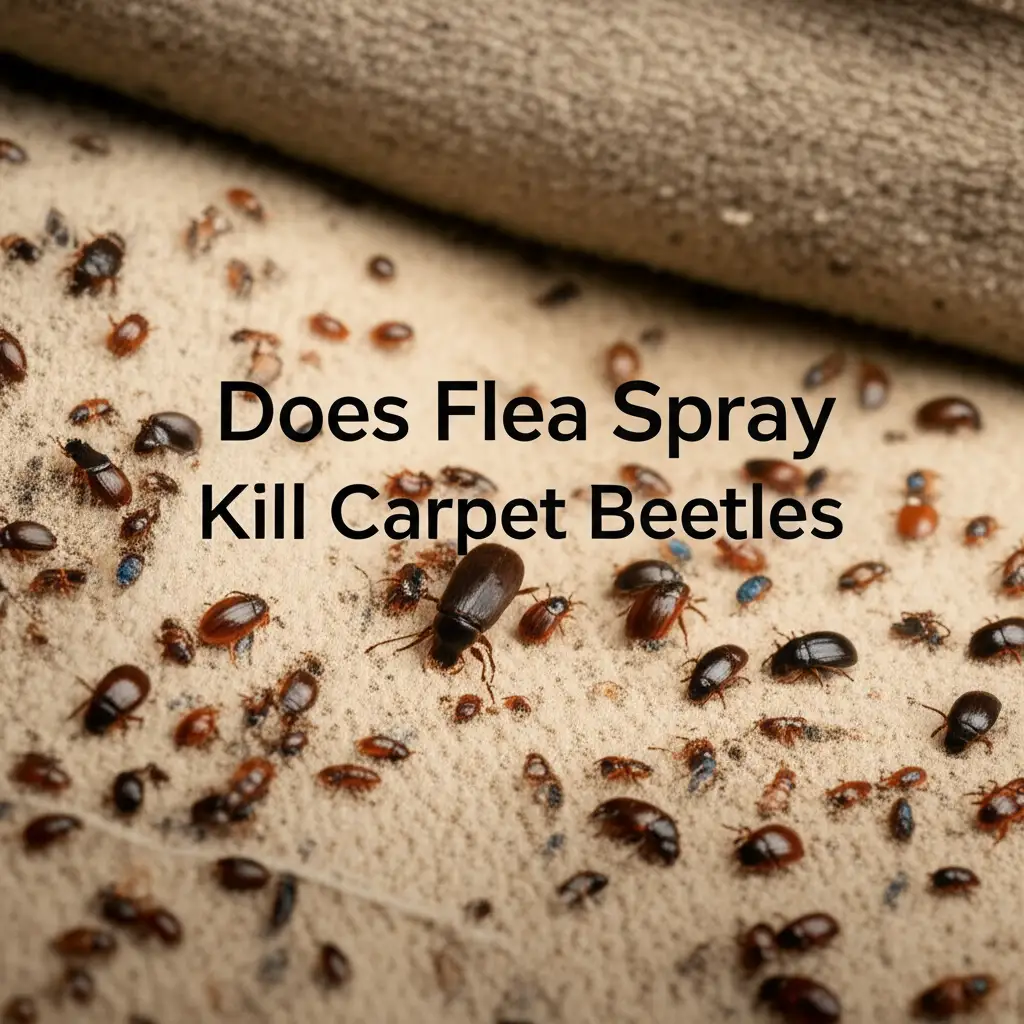· Liora Benning · Pest Control · 13 min read
Can Fleas Breed In Carpets
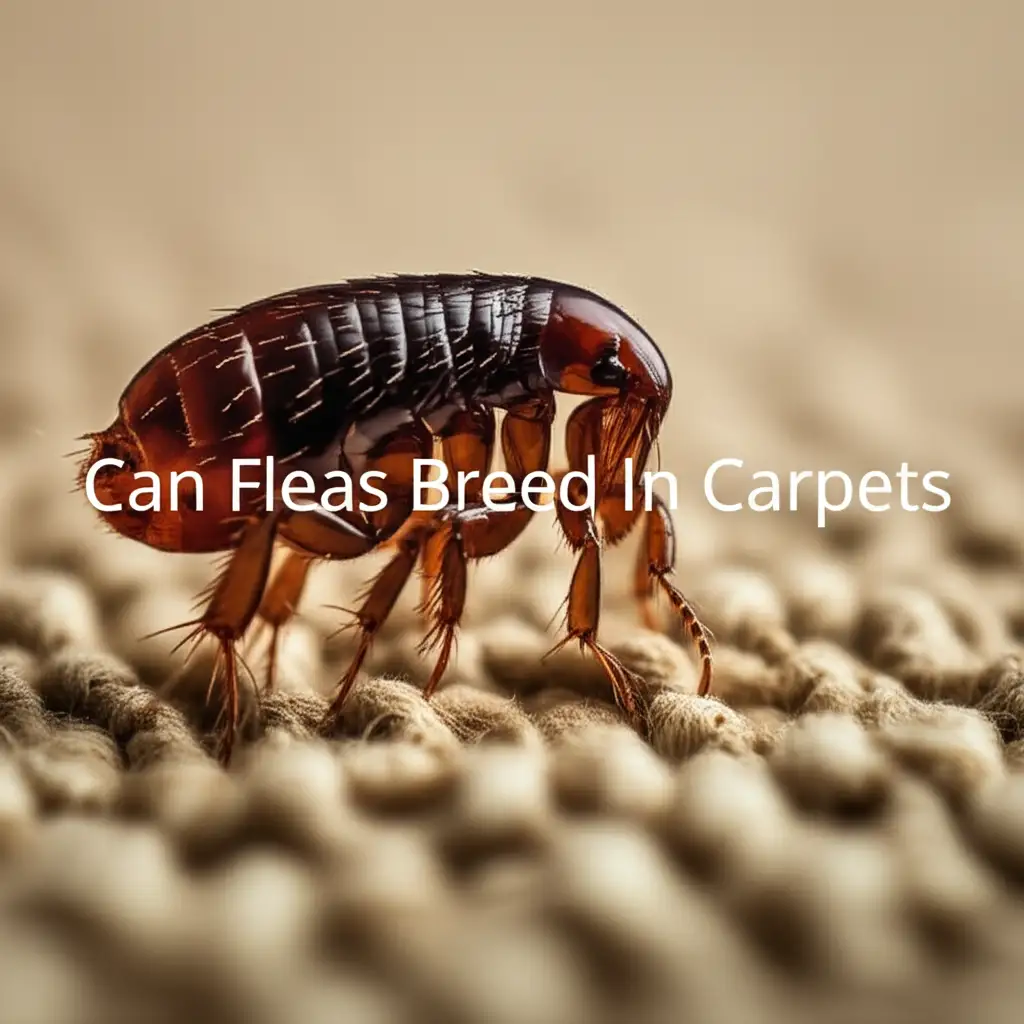
Can Fleas Breed In Carpets: Understanding & Ending Infestations
Fleas are unwelcome guests. They cause itchy bites and stress for pets and people. Many wonder: can fleas breed in carpets? The answer is a clear yes. Carpets provide an ideal environment for fleas to thrive and multiply. They offer warmth, protection, and a place for flea eggs, larvae, and pupae to develop. This article explores the flea life cycle within your home, offering ways to break it. You will learn about preventing infestations and effective removal methods. We aim to help you reclaim your home from these tiny pests.
Takeaway
- Fleas breed in carpets. Carpets are a primary location for flea eggs, larvae, and pupae.
- Understand the life cycle. Targeting all flea stages is crucial for effective removal.
- Vacuum regularly. Frequent, thorough vacuuming removes eggs, larvae, and adult fleas.
- Wash pet bedding. Hot water washing kills fleas at all stages.
- Treat pets. Use veterinarian-approved flea prevention and treatment products.
- Consider professional help. For severe infestations, pest control experts can offer solutions.
Do Fleas Use Carpets for Breeding?
Yes, fleas absolutely use carpets for breeding. Carpets offer an excellent environment for flea eggs, larvae, and pupae to develop. The fibers provide shelter and trap organic debris, which is food for the larvae. This makes your carpet a perfect nursery for these tiny pests.
The Flea Life Cycle and Your Carpet
Understanding the flea life cycle helps you fight infestations. Fleas go through four stages: egg, larva, pupa, and adult. Each stage can happen in your carpet. Knowing this helps you attack them effectively.
Flea Eggs in Carpets
Adult female fleas lay eggs on their host, usually a pet. These eggs are tiny, white, and oval. They are not sticky. Soon, the eggs fall off the pet and onto surfaces. Your carpets are a main landing spot for these eggs. They settle deep within the carpet fibers. This protects them from disturbances. A single female flea can lay up to 50 eggs per day. Imagine how quickly this adds up. These eggs are the most common flea stage found in homes.
Larvae Development in Carpet Fibers
Flea eggs hatch into larvae within two to five days. These larvae are tiny, white, and worm-like. They avoid light and move deep into carpet fibers. Here, they feed on flea dirt. Flea dirt is dried blood excreted by adult fleas. It falls off pets with the eggs. Carpet fibers also collect skin flakes and other organic matter. This provides more food for the developing larvae. The carpet protects them as they grow. This stage typically lasts five to twelve days.
The Pupa Stage in Carpets
After the larval stage, fleas spin a silk cocoon. This is the pupal stage. This cocoon is sticky. It attracts dust and debris from your carpet. This makes the pupa blend in perfectly. It is very hard to see. The pupa is the most resistant stage to insecticides. It can stay dormant for weeks or even months. Vibrations, body heat, and carbon dioxide from a host trigger adult emergence. This means the pupa waits for you or your pet to walk by. The cocoon’s sticky nature helps it cling to carpet fibers. This offers protection until it is ready to hatch.
Adult Fleas Emerge from Carpet
When conditions are right, adult fleas emerge from their cocoons. They immediately seek a blood meal. They jump onto pets or people. Adult fleas live on the host. They feed, mate, and lay new eggs. This starts the cycle all over again. Your carpet served as the breeding ground for the previous stages. An adult flea can live for several weeks. During this time, it continues to lay eggs. This constant cycle makes eradication challenging. Breaking this cycle at multiple points is key to control.
Why Carpets Are Perfect for Fleas
Carpets provide an ideal habitat for fleas. They offer several advantages for flea survival and reproduction. Understanding these factors helps in controlling infestations.
Warmth and Humidity
Fleas thrive in warm, humid conditions. Your home’s indoor environment often meets these needs. Carpets insulate and hold warmth. They also retain moisture from the air. This creates a microclimate perfect for flea development. Especially in humid climates, carpets can become flea havens. Basements or rooms with poor ventilation may be more susceptible. This warmth speeds up the flea life cycle.
Shelter and Protection
Carpet fibers offer excellent hiding spots. Flea eggs fall deep into the pile. Larvae can burrow down, away from light. Pupae camouflage themselves with dust. This shelter protects them from vacuum cleaners and cleaning agents. It also keeps them safe from foot traffic. Your carpet acts as a shield. It ensures their survival through vulnerable stages. This protection allows a small number of fleas to quickly multiply.
Food Source Availability
Flea larvae do not feed on blood directly. They eat “flea dirt.” Flea dirt is dried blood from adult fleas. It falls off pets and collects in carpets. Your pet sheds skin flakes and hair too. These also collect in carpet fibers. This organic debris provides a steady food supply for developing larvae. Without this food, larvae cannot grow. Your carpet essentially serves as a pantry for young fleas. This ensures their successful development into adults.
Signs of a Flea Infestation in Your Carpet
Recognizing a flea problem early helps prevent it from growing. Fleas hide well. However, they leave clear signs. Look for these indicators in your carpets.
Itchy Pets and Flea Bites
Your pet’s behavior is often the first sign. They may scratch, lick, or bite themselves more often. This happens especially near the tail, inner thighs, or neck. You might see red, raised bumps on their skin. These are flea bites. Fleas prefer specific body parts. If you part your pet’s fur, you might spot tiny, fast-moving adult fleas. Humans can also get flea bites. These often appear as small, red, itchy bumps around ankles or lower legs. The bites can be very irritating.
Flea Dirt (Flea Faeces)
Flea dirt is tiny specks that look like black pepper or dirt. It is actually dried blood passed by adult fleas. You might see it on your pet’s fur or bedding. To confirm it’s flea dirt, place some on a wet paper towel. If it turns reddish-brown, it is flea dirt. This means fleas are present. You can often find flea dirt deep in your carpet too. It falls off pets as they move. Check areas where your pet rests. This is a common place to find it.
Seeing Adult Fleas
Spotting live adult fleas is a clear sign. They are tiny, dark-brown insects. They move quickly. You might see them jumping on your pet. Sometimes, you can see them on your ankles or socks. They might also appear on light-colored carpets. If you see even one adult flea, many more may be in your carpet. Remember, adults are only a small part of the entire flea population. Most are still in the egg, larva, or pupa stage in your carpet.
Eradicating Fleas from Your Carpets
Eliminating fleas from carpets requires a multi-pronged approach. You must target all life stages. Consistency is key for success.
Thorough Vacuuming
Vacuuming is your best friend against fleas. You must vacuum all carpets and rugs daily. Pay extra attention to pet resting areas. Go slowly over the carpet. This helps dislodge eggs, larvae, and pupae. Use attachments to clean edges and under furniture. The vibrations also encourage pupae to emerge. This makes them easier to vacuum up or expose to treatments. After vacuuming, immediately seal the vacuum bag. Dispose of it outdoors in a sealed trash can. For bagless vacuums, empty the canister outside. Wash it with hot, soapy water. This stops any fleas from escaping back into your home. Regular vacuuming disrupts the flea life cycle significantly.
Washing and Cleaning
Wash all pet bedding, blankets, and plush toys. Use the hottest water setting your items can handle. This kills fleas at all stages. Consider washing other soft furnishings too. This includes throw blankets or cushion covers. If your carpets are heavily infested, a deep clean is necessary. You can use a carpet shampooer. Using a steam cleaner also helps. The high heat of steam cleaners kills fleas and eggs. After cleaning, ensure carpets dry completely. This prevents mold growth. If you are unsure what to use, what is a good cleaner to shampoo carpets can offer guidance. Deep cleaning reaches flea stages embedded deep within carpet fibers. For specific stains caused by pets, remember that how to clean carpet stains pets can provide valuable tips.
Pet Treatment
Treating your pet is crucial. Adult fleas live on pets. Without treating your pet, the infestation will return. Use veterinarian-approved flea control products. This includes topical treatments, oral medications, or flea collars. Follow product instructions carefully. Consult your vet for the best product for your pet. Consistent pet treatment prevents new eggs from being laid. It also kills adult fleas trying to feed on your pet. This stops the cycle at its source.
Insect Growth Regulators (IGRs)
Insect Growth Regulators (IGRs) are effective against flea eggs and larvae. They do not kill adult fleas. Instead, they prevent young fleas from maturing. IGRs disrupt the flea life cycle. You can find IGRs in sprays or foggers. Apply them to carpets and other infested areas. IGRs make eggs unable to hatch. They stop larvae from developing into pupae. This breaks the breeding cycle. Using an IGR alongside adulticides gives better results. It stops future generations of fleas.
Professional Pest Control
For severe or persistent infestations, professional help is best. Pest control experts have powerful tools and chemicals. They know how to identify all infested areas. They can apply targeted treatments. Professionals often use a combination of methods. This includes adulticides, IGRs, and thorough inspections. They ensure all flea life stages are addressed. Professional treatment offers peace of mind. It also speeds up the elimination process. Do not hesitate to call them if you are overwhelmed.
Preventing Future Flea Infestations
Preventing fleas is easier than removing them. A consistent prevention strategy keeps your home flea-free.
Regular Pet Flea Prevention
Maintain a year-round flea prevention program for your pets. Even if you do not see fleas, they can be present. Use veterinarian-recommended products. These can be topical, oral, or collar-based. Consistent use breaks the flea life cycle. It prevents fleas from establishing a home on your pet. This also stops them from laying eggs in your carpet. Regular check-ups with your vet help ensure your pet stays protected.
Consistent Cleaning Routine
Keep your home clean. Vacuum carpets and rugs regularly, at least twice a week. More often if you have pets. Focus on areas where pets spend most of their time. This includes under furniture and along baseboards. Wash pet bedding weekly in hot water. Clean your pet’s toys too. Regular cleaning removes flea eggs, larvae, and pupae before they develop. It also removes flea dirt, which larvae need for food. A clean home is a less inviting home for fleas. Maintaining a clean carpet can also improve indoor air quality, which you can learn more about by reading can washing your carpets get rid of toxins.
Yard Maintenance
Fleas live outdoors too. They can enter your home through your yard. Keep your lawn mowed short. Remove leaf litter and debris. These provide damp, shady spots where fleas thrive. Consider treating your yard with a pet-safe insecticide. Focus on shaded areas, under shrubs, and along fences. A well-maintained yard reduces the number of fleas. This means fewer chances for them to hitch a ride inside.
Sealing Cracks and Crevices
Fleas can enter your home through small openings. Inspect your home’s foundation. Look for cracks or gaps. Seal any openings with caulk or weatherstripping. Ensure screens on windows and doors are intact. These small measures prevent fleas from crawling inside. This adds another layer of defense against infestations. It helps keep your home sealed off from outdoor pests.
Routine Inspection
Regularly check your pets for fleas. Use a fine-toothed flea comb. Pay attention to the neck and tail base. Look for flea dirt too. Inspect your carpets. Look for tiny dark specks or any movement. Early detection means easier treatment. The sooner you find fleas, the less chance they have to multiply. Make routine inspections a habit. This proactive approach saves you a lot of trouble.
FAQ Section
Can fleas live in carpets without pets?
Yes, fleas can live in carpets without pets, but it’s less common. They primarily feed on blood from animals like dogs and cats. If a pet brings fleas inside and then leaves, fleas can survive in the carpet as larvae and pupae. These stages do not need a host for feeding. They can remain dormant, waiting for a new host.
How long can flea eggs survive in carpet?
Flea eggs can survive in carpets for several days, typically 2 to 5 days, before hatching into larvae. Their survival depends on environmental conditions like warmth and humidity. In optimal conditions, they hatch quickly. If conditions are unfavorable, their development might slow down but they won’t survive indefinitely.
Does vacuuming really help get rid of fleas?
Yes, vacuuming is highly effective in reducing flea populations. It removes eggs, larvae, and some adult fleas from carpets. The vibrations from vacuuming also stimulate pupae to emerge from their cocoons, making them vulnerable. For best results, vacuum daily and dispose of the vacuum bag outside immediately.
Will steam cleaning carpet kill fleas?
Yes, steam cleaning carpets can kill fleas. The high heat from a steam cleaner is effective at killing adult fleas, larvae, eggs, and even pupae on contact. Steam also helps penetrate deep into carpet fibers. After steaming, ensure the carpet dries completely to prevent mold or mildew growth.
How do I know if fleas are gone from my carpet?
You can tell if fleas are gone by observing your pet and your home. Your pet will stop scratching and biting. You won’t see flea dirt on bedding or carpets. A “white sock test” can also help: walk around on carpets with white socks. If fleas are present, they might jump onto your socks. Continue monitoring for several weeks.
How long does it take to get rid of fleas in carpet?
Getting rid of fleas in carpets can take several weeks to months. This is because treatments need to target all stages of the flea life cycle. Eggs and pupae are resistant to some treatments. Consistent vacuuming, pet treatment, and cleaning are essential. Patience and persistence are key to complete eradication.
Conclusion
Fleas can breed in carpets, making your home a perfect breeding ground for these tiny pests. Carpets offer ideal conditions: warmth, humidity, shelter, and food sources for developing fleas. Understanding the flea life cycle — from eggs and larvae to pupae and adults — helps you target them effectively. We discussed clear signs of infestation, such as itchy pets, flea dirt, and visible adult fleas.
Eradicating fleas from your carpets requires consistent effort. Thorough vacuuming, regular washing of pet bedding, and proper pet treatment are crucial steps. Insect growth regulators (IGRs) can disrupt the flea life cycle, while professional pest control offers a solution for severe cases. Preventing future infestations is easier with year-round pet flea prevention, consistent cleaning, yard maintenance, and routine home inspections. By taking these proactive measures, you can ensure your home remains a cosy, flea-free sanctuary for you and your pets.


